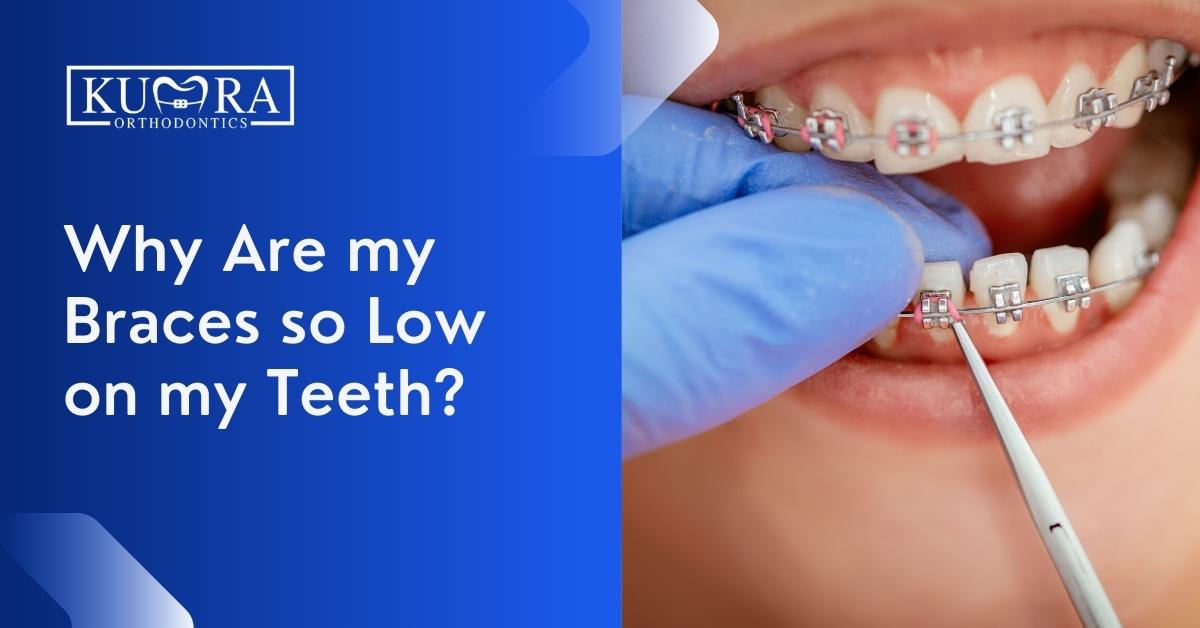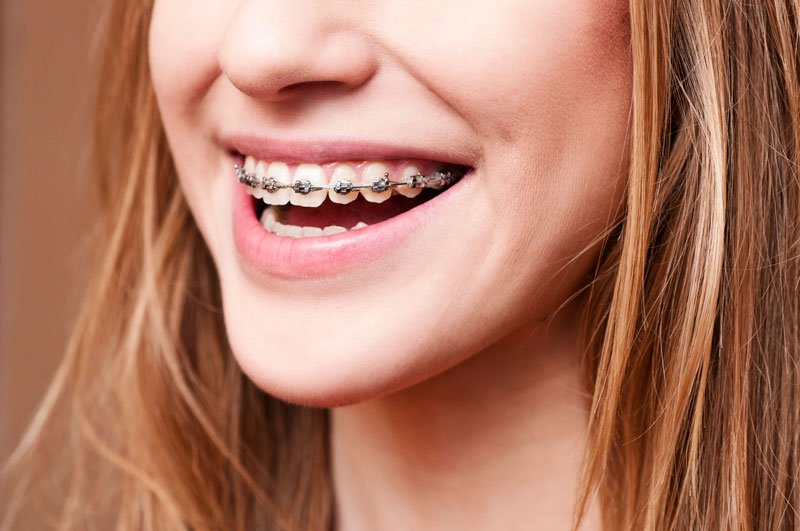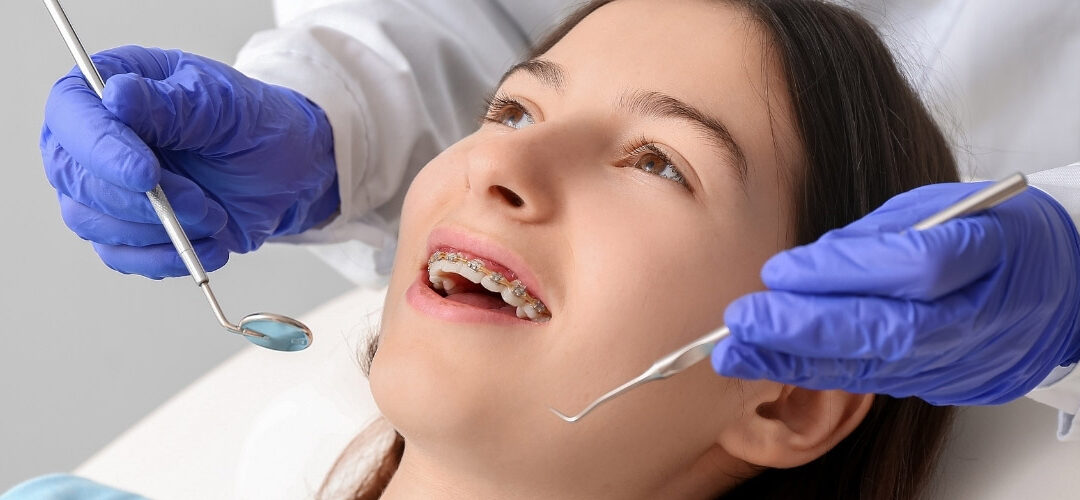Comprehensive Guide to Orthodontics Procedures for Fixing Oral Misalignments
Recognizing the complexities of each procedure, including their systems, benefits, and possible drawbacks, is vital in making informed decisions regarding one's orthodontic therapy. As we browse via the extensive guide to orthodontic procedures for dealing with dental imbalances, the elaborate information of each technique will certainly unravel, dropping light on the course towards a functional and unified dental positioning.
Orthodontic Procedures Review

Routine modifications and surveillance are crucial parts of orthodontic therapy to make certain progress is on track and to make any type of essential modifications along the way. By undertaking orthodontic procedures, people can not only attain a straighter grin but also improve their overall dental health and wellness and function.
Standard Braces: Exactly How They Work
When taking into consideration orthodontic therapies for dental imbalances, traditional dental braces stand out as a time-tested technique for dealing with teeth placing. Typical braces consist of braces, wires, and bands that work together to use continual stress on the teeth, slowly moving them into the wanted positioning.
One trick element of how typical braces job is the process of bone improvement. As pressure is applied to the teeth via the braces, the bone bordering the teeth is reshaped to support the brand-new tooth placements. This improvement is essential for the long-term stability of the corrected placement. Patients will certainly need routine adjustments at the orthodontist's workplace to make certain the dental braces remain to apply the correct pressure for efficient teeth movement.
Unseen Aligners: Cons and pros
Invisible aligners offer a hassle-free and discreet choice to traditional dental braces for remedying oral imbalances. These clear, customized trays are practically unseen when used, making them an enticing alternative for people seeking a much more aesthetically pleasing orthodontic treatment. Among the main advantages of invisible aligners is their removability, permitting simpler maintenance of oral hygiene compared to conventional dental braces. Patients can eliminate the aligners prior to eating or brushing their teeth, lowering the threat of food obtaining stuck in the home appliance and simplifying the cleansing process.

Surgical Orthodontic Options
Surgical interventions in orthodontics existing sensible alternatives for dealing with complex dental misalignments that might not be properly fixed through conventional orthodontic therapies. While unseen aligners and standard dental braces can deal with numerous orthodontic concerns, specific cases call for surgical treatment to attain optimal outcomes. Surgical orthodontic alternatives are generally advised for severe malocclusions, substantial jaw inconsistencies, and cases where the underlying bone framework requires adjustment to accomplish appropriate positioning.
One usual surgical orthodontic treatment is orthognathic surgical treatment, which involves rearranging the jaws to correct practical concerns such as difficulty eating or talking. This surgery is often done in partnership with an orthodontist who assists line up the teeth before and after the procedure. Surgical orthodontics might likewise entail procedures to reveal influenced teeth, eliminate excess gum tissue, or reshape the jawbone to develop a much more harmonious face profile.
Prior to taking into consideration medical orthodontic options, patients go through a comprehensive assessment to figure out the requirement and possible advantages of such treatments. cumming braces. While surgical procedure may seem difficult, it can considerably boost both the feature and aesthetics of the smile in cases where standard orthodontic treatments drop short
Retainers and Post-Treatment Care

Post-treatment care includes complying with the orthodontist's guidelines vigilantly. This may consist of proper oral hygiene methods, participating in follow-up consultations, and wearing the retainers as prescribed. Failure to conform with post-treatment treatment instructions can cause relapse, where the teeth progressively relocate back towards their original settings. Constant retainer wear, good dental hygiene, and regular oral exams are vital for maintaining the outcomes achieved via orthodontic surgical procedure and making sure the long-term stability of the corrected dental alignment.
Verdict
Finally, orthodontic procedures use numerous choices for fixing oral misalignments. Conventional braces use steel braces and cables to shift teeth right into appropriate alignment. Unseen aligners provide a more discreet option yet might not appropriate for all instances. Surgical orthodontic choices are offered for a lot more serious imbalances. Retainers are typically utilized post-treatment to keep the brand-new alignment. Overall, orthodontic treatments can properly enhance dental health and visual appearance.
As we navigate with the extensive guide to orthodontic treatments for fixing oral imbalances, the intricate information of each technique will certainly unravel, dropping light on the course towards a unified and functional oral placement. - braces
One of the most usual orthodontic treatments is the use of dental braces, which consist of metal braces and cords that apply gentle pressure to progressively shift teeth into the desired position.When taking into consideration orthodontic treatments for oral imbalances, standard view it now braces stand out as a hop over to these guys tried and true method for dealing with teeth positioning. Furthermore, undetectable aligners may not be ideal for complicated orthodontic issues that call for even more considerable teeth movement, as they are commonly advised for moderate to modest instances. Retainers are tailor-made orthodontic gadgets designed to hold teeth in their dealt with positions after the completion of orthodontic therapy.